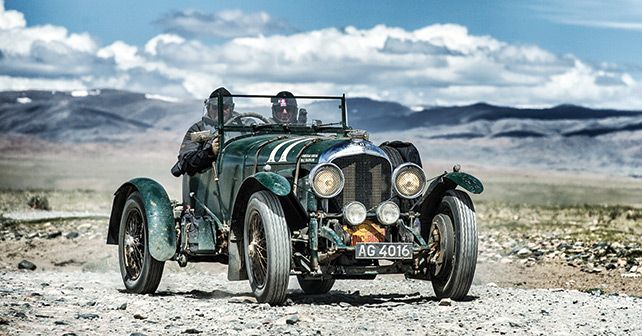
Tourism isn’t new, it dates back to the 18th century, says the AAUI President as he walks you through the history of global tourism.
The history of modern tourism dates back to the 18th century – a time when travelling as an activity was still confined to the privileged class. People travelled for various reasons – some travelled for rest and change of scenery and weather, while others travelled for recreation and pleasure. Most travellers belonged to the middle-and-upper class of society, who often travelled purely for pleasure.
Some researchers claim that the beginning of tourism can be traced back to the 18th century custom of visiting spas and bathing places – a culture that continues to lure well-off men and women from all over the world to places such as Baden-Baden and Wiesbaden in Germany, Karlsbad in Bohemia, Zandvoort in Netherlands and Ostend in Belgium.
The word ‘tourist,’ derived from the word ‘tour,’ which in turn was derived from Old French tourn, was first used in 1772 to refer to ‘one who makes journey for pleasure, stopping here and there.’ The word, thereafter, disseminated, as did the idea of tourism, throughout Western Europe. Meanwhile, the advancements in modes of transportation, brought about by the invention of the steam engine, gave new impetus to the popularity and promotion of tourism.
In 1885, the use of the ‘safety bicycle,’ both as sport and everyday transport, paved the way for the automobile, which played its part in the development and promotion of tourism in Europe and elsewhere in the world. The period from 1750 to 1820 was marked by gradual improvement in the construction of new hotels and restaurants, first in England and then in France. In 1829, the world saw the construction of the first luxury hotel in Boston, followed by many such hotels in Europe. Cesar Ritz, a Swiss hotelier, set the precedent for a new style of luxury hotels in Europe by establishing the Hotel Ritz in Paris and the Ritz Hotel in London.
The Cycling Touring Club of 1818 (Great Britain), the first of its kind, inspired the establishment of a series of tourism related associations and clubs, such as ANWB in the Netherlands and the Norwegian Tourism Association. The popularity of the automobile also led to the popularity of the tourism industry. And soon Svenska Turistföreningen (Sweden) and Touring Associations / Clubs of Finland, France, Italy and Belgium, Luxemburg, Scotland, Hungary, America, New Zealand, India and others were established.
But this journey was not abrupt, it was gradual. In 1885, Daimler’s Bicycle, powered by a four-stroke engine, rolled onto the road. In order to help travellers, New York started the construction of subways. France took a lead in introducing vehicle number plates. Ford Motor sold its first car in the US in 1903, and motors replaced horses in Paris buses. In 1907, the Peking to Paris motor race was held. It was an automobile race between Peking (now Beijing) and Paris – a distance of 14,994 kilometres. And two years later, in 1909, London saw the first double-decker bus on its roads.
The turn of the century witnessed many technological advancements that brought about tremendous transformation in promoting the freedom of mobility, including the introduction of supersonic jets, high tech modern cars, expressways, new roads and metro railways. Gradually, the tourism industry flourished and evolved to become what it is today.
India’s international tourism receipts during 2016 have been remarkably encouraging, with 14.6 million international arrivals. According to a report by the World Economic Forum, India now ranks 40th in global tourism and travel, but is still behind other Asian countries like Japan and China. It’s also encouraging that, in 2016, India’s international tourism receipts recorded a figure greater than those of countries like Singapore, Malaysia, Canada, Turkey, Switzerland, the Netherlands, Mexico and Austria.
Travel has always been an important social activity of human beings. Even though tourism, unlike other industries, does not engage in product manufacturing and their export and import, its impact on the global economy is huge. Besides providing gainful employment on a large scale, the tourism industry also generates a high proportion of foreign revenue. It’s believed that, by 2020, the average growth rate of the tourism sector may rise above other industrial sectors.
The cultural heritage and natural splendour of India makes it a popular tourist destination. However, it is of crucial importance that every tourist visiting India should be treated with respect and warmth. The Indian tourism industry, along with the general public, must understand the importance of what Jawaharlal Nehru once remarked: ‘Welcome a tourist, and send back a friend.’
T.K. Malhotra is the President of the Automobile Association of Upper India (AAUI).


















Write your Comment